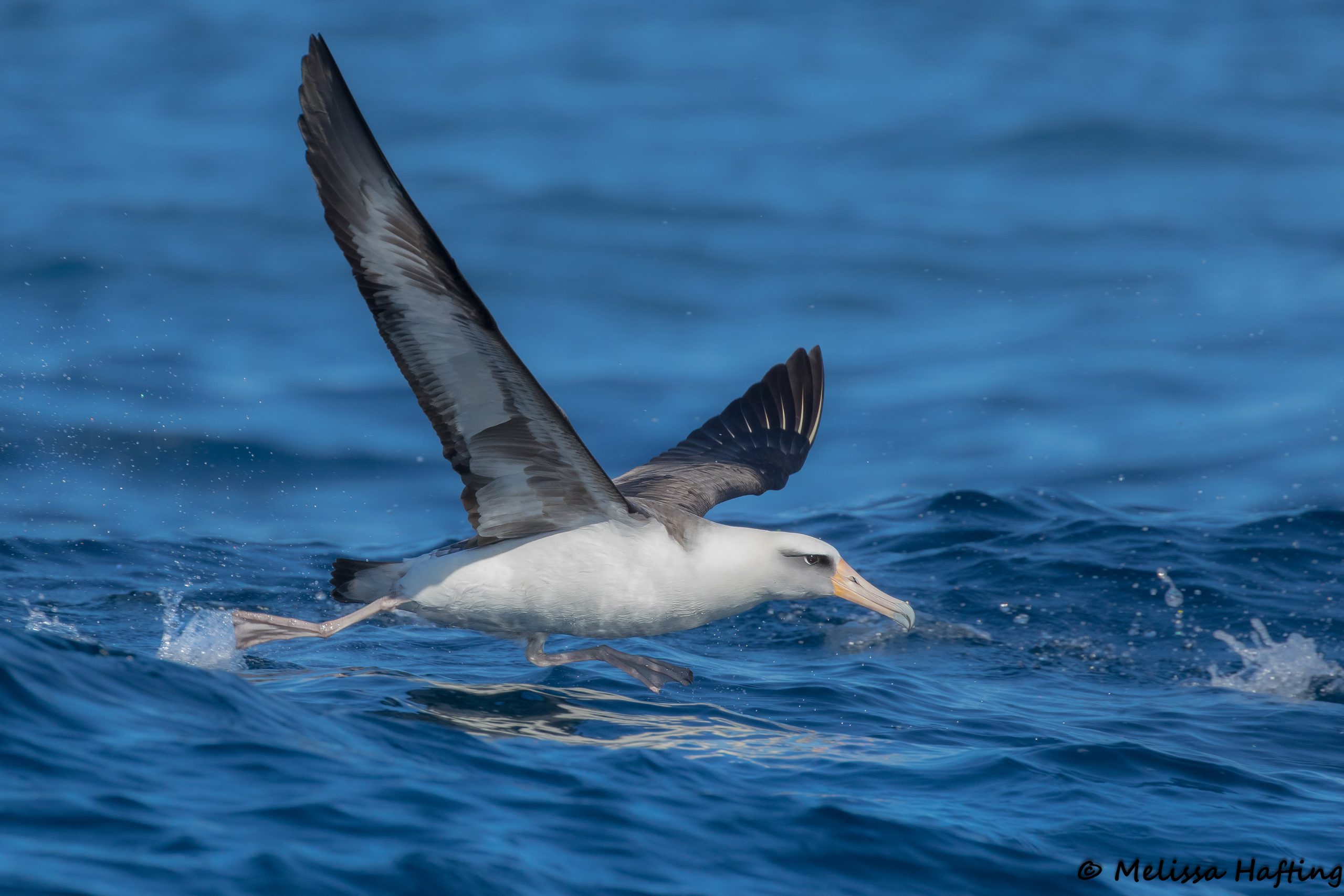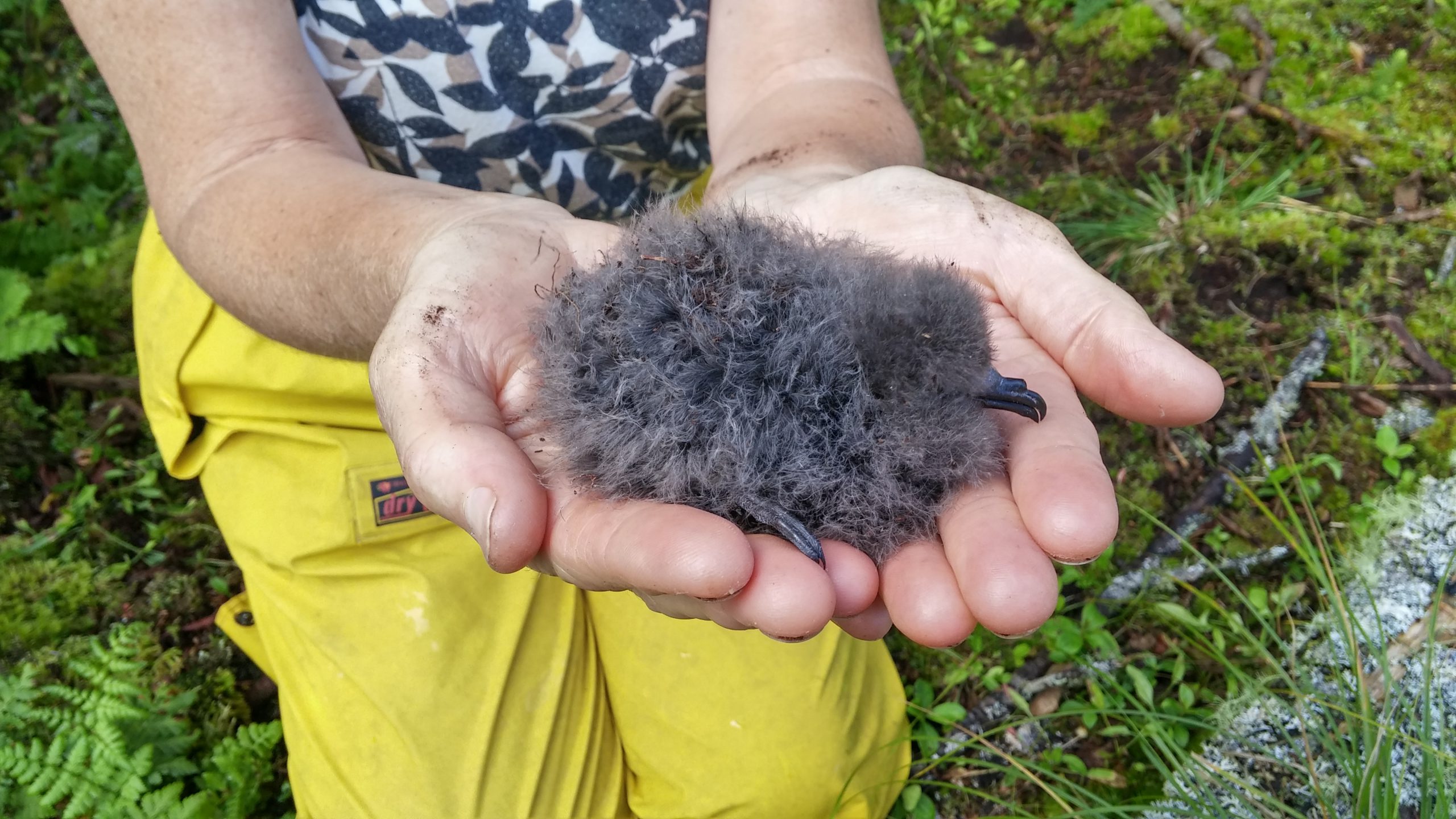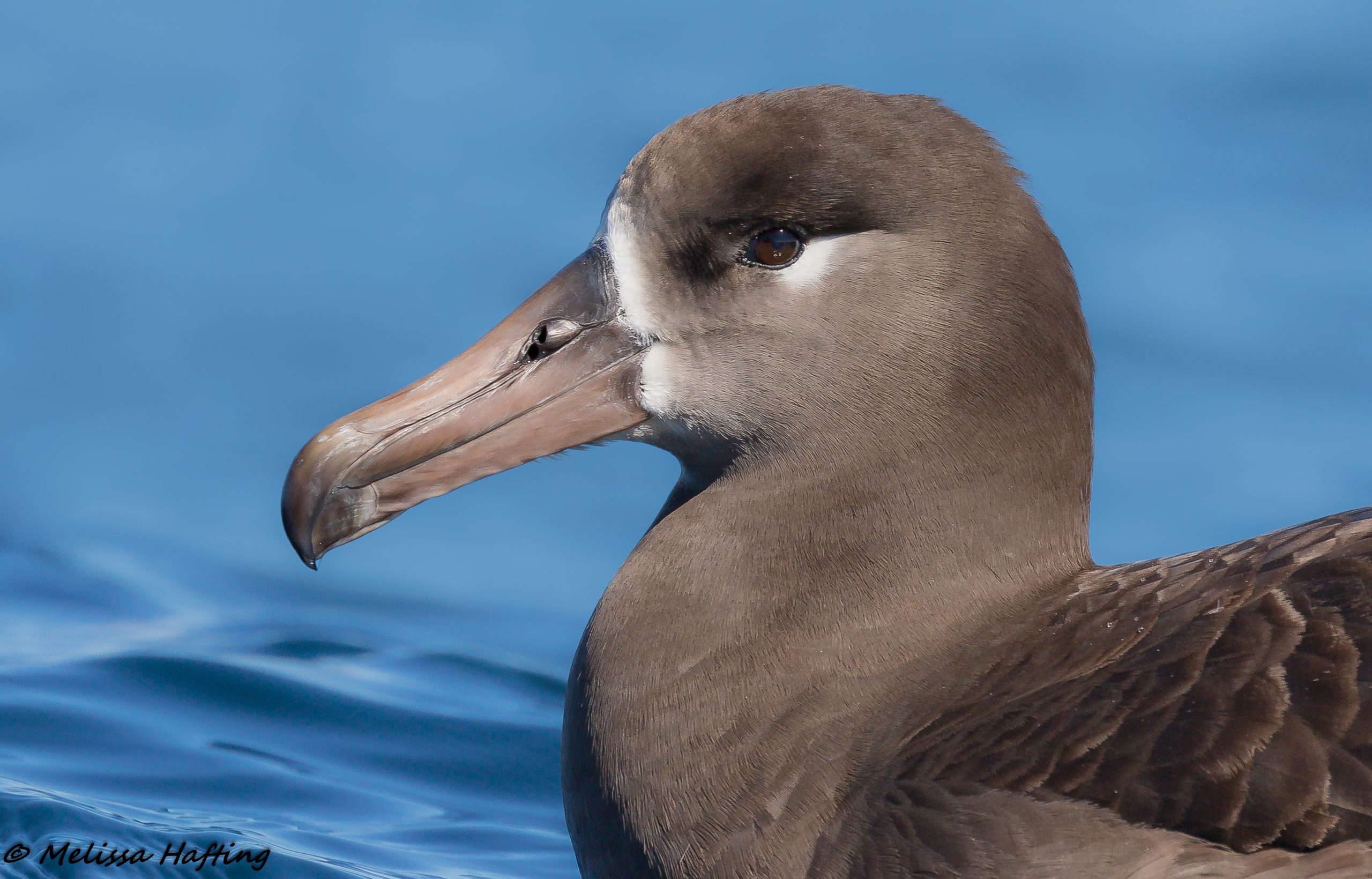By Dr. Laura McFarlane Tranquilla, (Director, Atlantic Program) and Pete Davidson (Senior Conservation Advisor), Birds Canada

Laysan Albatross Photo: Melissa Hafting
The very first World Albatross Day is coming up on June 19. In recognition of the occasion, Birds Canada is supporting an international treaty, the Agreement on the Conservation of Albatrosses and Petrels (ACAP), to raise awareness of a conservation crisis out of sight. Dr. David Bradley, our British Columbia Program Director, notes: “Birds Canada welcomes World Albatross Day to raise awareness of the plight of these magnificent sentinels of the high seas”. We think this is a perfect opportunity to bring you some amazing facts about albatrosses and their seabird “cousins”!
Albatrosses, petrels, and shearwaters are the remarkable seabirds that make up the “tubenose” order of birds (Procellariiformes). This namesake tube contains a gland that allows them to rid their bodies of the excess salt they take in due to their seafaring lifestyle. While some birds in this group are as dainty as a Barn Swallow (which has a mass around 20 g and a 32-cm wingspan), the largest albatrosses can weigh as much as a beagle (11 kg) with wingspans as wide as traffic lane (3.5 m)!
All species in this group are extremely long-lived, raise a single chick per year, and navigate using a highly developed sense of smell. Several species (especially the petrels) are nocturnal and are attracted to night light because of natural foraging habits that include eating bioluminescent (glow-in-the-dark) prey. They have weird courtship rituals (check out the “sky-moo”), used when establishing their famous lifelong pair-bonds. Finally, these birds make incredible circumpolar foraging trips and year-round cross-hemispheric migrations. What’s not to love about these fascinating creatures?

Leach’s Storm-Petrel chick Photo: Laura McFarlane Tranquilla
Albatrosses and petrels are among the world’s most endangered groups of birds, mostly as a result of predation by introduced mammals at breeding colonies, bycatch in marine fisheries, and pollution. In Atlantic Canada, including at the world’s largest colony at Baccalieu Island, Newfoundland, Birds Canada is helping investigate causes of decline of the Leach’s Storm-Petrel. Given that albatrosses and petrels range widely across the global oceans, they are difficult to protect because multiple jurisdictions and countries must cooperate to find conservation solutions. Since 2001, 31 species of albatross and petrel have been protected under the ACAP treaty. Raising awareness for their plight helps conservationists put into action the strategies needed for their recovery.
You can help by sharing this sharing this story or choosing sustainably-caught fish if you or your pets enjoy seafood.

